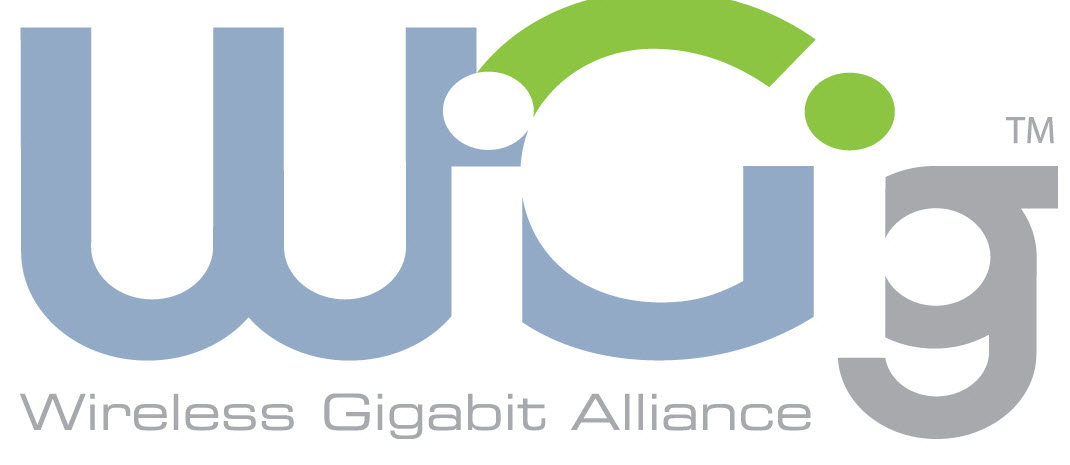Wires? We don't need no stinking Wires! Gigabit Wi-Fi


None of these technologies are quite ready for prime-time, but then, neither is Thunderbolt. Thunderbolt uses the DisplayPort and PCI-Express data protocols over two data transmission channels, and, in theory, can hit up to 10Gbps over copper. That's twice as fast as USB 3.0. Eventually, optical connections are supposed to bring that up to 100Gbps in burst mode. Even the fastest commercial SATA drives can only deliver 6Gbps.
So, while Thunderbolt and USB 3.0 are all fine in their place, shouldn't we really be looking to technologies like 802.11ac, 802.11ad, Wireless Gigabit aka WiGig, and Wi-Fi Direct? No, they're not as fast, but they can everything that Thunderbolt or USB 3.0 can do without any wires.
Wi-Fi Direct, which works on the same 2.4 and 5GHz spectrum ranges used by your current Wi-Fi network, can only deliver up to 250Mbps, but for sending files to a buddy or to a printer that may be all you need. Apple seems to think so. Experts like Glenn Fleishman think that Apple's next version of Mac OS, Lion, includes Wi-Fi Direct under the name AirDrop. That's at least one wire, to my printer, gone.
Moving on 802.11ac, the next generation of Wi-Fi, will give you devices that can handle 1Gbps speed in the 5Ghz range. Alas, you won't see these until the end of 2012.
You may very well see the even faster, but far more shortly ranged, WiGig/802.11ad devices before then. This technology will be able to reach up to 7Gbps but at range of only a few meters. But, isn't that the same range as a Thunderbolt or USB? Why yes, yes it is.
If you move your device out of range, no problem. WiGig chipsets will automatically downshift to 802.11n. Like Thunderbolt, WiGig also supports multiple protocols such as HDMI (High-Definition Multimedia Interface) and DisplayPort.
Sure, it's no 10Gbps, but it's more than fast enough for say streaming HD video from a media server to multiple HDTVs. What more do you want? I quite like the idea of having a flat-screen TV on the wall without any wires showing or expensive behind the wall wiring. I'd also like to be able to move about my office without entangling myself with the dozens of wires hooking up my PCs and servers to the wiring closet.
All-in-all, Thunderbolt does sound good, but the rise of Gigabit and faster Wi-Fi networking and direct device to device wireless connections sounds even better.